Fountain pens can be made from a wide variety of things, including resin, ABS plastic, and celluloid; metals like silver, gold, brass, copper, stainless steel, titanium, and aluminum; and even materials sourced from trees, like ebonite, Urushi lacquer, and wood. But did you know that some fountain pens are made from a substance that was once part of living ocean animals? In this article, I'd like to focus on one of the most eye-catching, mysterious, and confusing fountain pen materials: Nacre. If you've never heard of nacre, that's okay! You may have encountered the related terms Raden, Abalone, or Mother of Pearl.
What kinds of pens are made with nacre? What makes them desirable and special? And, are they pens you might want to try? It may surprise you that the pens range in price from under $200 to over $15,000 and include ballpoints and rollerballs as well as fountain pens. Some are rare, collectible, breathtaking works of art, and others are attainable writing companions that you can use every day.
What is Nacre?
Nacre, Raden, Abalone, and Mother of Pearl are all interrelated, and it can get very confusing, so I'll do my best to explain them clearly and succinctly!
Nacre (nay-kur), commonly known as mother of pearl, is an organic–inorganic composite produced by some mollusks as their inner shell lining. Its formation begins as tiny particles grouping together inside the shell to form brittle hexagonal platelets of aragonite (a form of crystalline calcium carbonate). These come together in thin layers, arranged in a brick-like overlapping pattern, surrounded by strong and flexible sheets of biopolymers formed by the cells of the mollusk's mantle (the soft, fleshy, outer covering of its body wall, between the shell and internal organs). The combination is continuously deposited onto the inner surface of the shell, trapping parasites and debris particles within its successive layers, protecting the animal's soft tissues with a smooth and beautiful internal armor.

[Pictured: abalone shell nacre.]
Nacre is also the same material from which nacreous pearls (the kind used in jewelry) are formed. It is strong, resilient, and often very iridescent, with luminescent colors that change when viewed from different angles. Because the thickness of the aragonite platelets is close to the wavelength of visible light, the structure of the nacre interacts with different wavelengths of light to produce a fascinating array of colors that humans have found irresistible since ancient times.

[Pictured: Japanese pearls inherited from my grandmother, and a heart shaped mother of pearl charm made from a shell washed up on the beach by a relative who was stationed as a U.S. soldier on a Pacific island during WWII.]
The most common commercial sources of nacre are pearl oysters and freshwater pearl mussels, but it is also harvested from the shells of abalone (a type of sea snail), and can be found in some of the most ancient lineages of bivalves, gastropods, and cephalopods. However, the great majority of mollusk shells do not have a nacreous inner layer, so those that do are special and are greatly admired for their beauty.

[My drawing of an abalone and oyster was done with an extra fine Pilot E95s in Pilot Blue Black ink on Tomoe River paper.]
Although "mother of pearl" is just a colloquialism for nacre, it is used slightly differently than the word "nacre." The two are interchangeable when describing the inner shell lining, but beautiful decorative objects that are made from shimmering, iridescent milky white nacre material are much more often referred to as being "mother of pearl." These are usually created by pearl oysters, and the base color can be white or cream and often includes pale shades of green, yellow, silver, blue, and pink. Common objects made with mother of pearl include buttons, jewelry, musical instruments, caviar spoons, and works of art. Less often, you may come across black mother of pearl (which is more of a charcoal color, and displays shades of purple, blue, and silvery green), sourced from Tahitian black-lipped oysters.
 [Pictured: Monteverde Regatta Rollerball pens in White Mother of Pearl and Black Mother of Pearl, along with some of my mother of pearl jewelry. The book is Star, Branch, Spiral, Fan by Yellena James, an artist and illustrator I discovered on Instagram!]
[Pictured: Monteverde Regatta Rollerball pens in White Mother of Pearl and Black Mother of Pearl, along with some of my mother of pearl jewelry. The book is Star, Branch, Spiral, Fan by Yellena James, an artist and illustrator I discovered on Instagram!]
A number of brands--in particular Monteverde and Conklin--have made mid-range pens that feature mother of pearl or abalone, and nacre is also used on many other higher-end pens, some of which I'll talk more about below.
Do be observant when you are reading descriptions of pens, though. "Mother of pearl," "pearl," and "abalone," are sometimes used as an adjective to describe a pearlescent finish or a color, so, when you see the words, make sure the pen is actually made from real nacre, not resin that resembles it. Those pens can be beautiful, but, if you are looking for actual material sourced from an ocean creature, it's not the same thing.
Mother of Pearl in Action
The caps and barrels of the limited edition Monteverde Regatta Rollerball pens are entirely covered with either soft and elegant White Mother of Pearl or striking Black Mother of Pearl accented with rose gold plated or dark grey gunmetal plated trim. These pens are only around $200, so they are a great choice if you love the look of mother of pearl but have a lower budget. The white mother of pearl is cultured in the lagoons of Australia, and the black in lagoons of Tahiti.
 The regatta's cap and barrel, shimmering with strips of mother of pearl, appear faceted but are actually smooth, and the knurled diamond cut rings between sections are slightly recessed, so they add visual interest and glitter as they catch the light, but don't catch against anything when you handle the pen. It's a nice design combining strong straight lines and gentle curves on the clip, end finial, and grip section.
The regatta's cap and barrel, shimmering with strips of mother of pearl, appear faceted but are actually smooth, and the knurled diamond cut rings between sections are slightly recessed, so they add visual interest and glitter as they catch the light, but don't catch against anything when you handle the pen. It's a nice design combining strong straight lines and gentle curves on the clip, end finial, and grip section.

The streamlined cap is held on by a strong magnet, and can be posted on the end of the pens with this same strong magnet. Uncapping, posting, and re-capping are all very satisfying feelings! This is a sturdy and weighty pen with a charismatic look. It would make an especially memorable gift.

Although mother of pearl can be used as a dramatic allover covering on writing instruments, you will also find it featured more subtly, as a lovely accent detail. The snowcap emblem on the finial of some Montblanc pens is made from precious mother of pearl for an additional elegant touch. These include the Montblanc Meisterstuck Great Masters Pirelli, Writers Edition Robert Louis Stevenson limited edition 1883 pens, Writers Edition Arthur Conan Doyle limited edition 1902 fountain pen and rollerball, and Patron of Art Moctezuma Limited Edition 888, for example.
 [Pictured: Montblanc Limited Edition 888 Patron of Art Moctezuma and Meisterstuck Great Masters Pirelli finials with mother of pearl emblems.]
[Pictured: Montblanc Limited Edition 888 Patron of Art Moctezuma and Meisterstuck Great Masters Pirelli finials with mother of pearl emblems.]
Abalone
Nacre that comes from an abalone (ab-aloney) shell is more rare, usually more expensive, and more colorful. Abalone is a subset of mother of pearl, and looks more like a highly iridescent dark rainbow, with intense, changeable colors often heavy on greens and blues, but also with colors like pink, purple, and fuchsia. When used in decorative objects, nacre from an abalone shell is usually just called "abalone." It can also be described as "mother of pearl," though, and this is not wrong.
Like oysters, the abalone mollusk is also edible, and I got to try abalone locally grown at the abalone farm at NELHA, at a restaurant in 2012. It was delicious, and I saved the shell as a memento.
The retired limited edition abalone Monteverde Invincia Deluxe fountain pens, rollerballs, and ballpoints are completely covered in authentic abalone shell from New Zealand, and are an affordable opportunity to satisfy an intense craving for nacre. Their eye-catching colors dance like flames, with rich azure blues and radiant greens, mixed with turquoise, violet, orange, and golden yellows. Abalone nacre is truly one of nature's wonders!

As this is a retired pen, our supplies are very limited, and we only have ballpoints and a few fountain pens left. They are numbered on the ring, and available with shiny silver chrome plated, rose gold plated, or dark grey gunmetal plated trim. They are very solidly built, with a substantial but comfortable weight, and awe-inspiring to hold! I especially like the extra-smooth feeling twist mechanism to activate the ballpoint. These pens would make such a special gift for an ocean lover.

Abalone is also the type of nacre most often used with great skill and stunning effect in the Japanese art of Raden. In the photo below, the two pens in back are Monteverde pens covered with abalone and black mother of pearl, and the four pens in front feature Japanese Raden Maki-e (mah-key-eh) Urushi lacquer art made with abalone. As the Raden catches the light, the luminous nacre pieces change colors when viewed from different angles, showing shiny flashes of violet, turquoise, sky blue, green, and fuchsia. It's impossible to capture the full glory of Raden in a still image.

[Featured, from back to front: Monteverde Invincia Deluxe abalone fountain pen, Monteverde Regatta black mother of pearl rollerball, Sailor Professional Gear Wajima Bijou Coral fountain pen, Sailor Sakura Nagare King of Pens fountain pen, Platinum Izumo Raden Galaxy fountain pen, and Pilot Vanishing Point in Raden Stripes fountain pen.]
Radiant Raden
The Japanese Raden (rod-en, not ray-den) technique raises nacre to an art form in higher-end pens usually made from Urushi lacquer, an extremely long-lasting and lustrous material made from the sap of the Urushi tree (Rhus vernacifera), a deciduous tree found only in Asia. As described by Pilot in the leaflet they include with their Urushi lacquer pens, this incredible substance was prized for its strength even before its use as a varnish was discovered. "The flint arrowheads found all over Japan dating back to the Stone Age were mounted on bamboo poles by wedging them into a crack formed at the end of the shaft and then binding the joint with the bark of the wisteria vine, and the stone head was fixed in place with Urushi lacquer. However, only the part of the shaft that had been impregnated with Urushi lacquer remains today," an amazing testament to the longevity of this material.
The hand-applied Urushi lacquer finish withstands corrosion from water, acids, alcohol, and temperature changes, and has a totally different feel in your hand than a resin or metal pen does. It looks shinier, more expensive, and nicer than acrylic. The colors look deeper and richer, and you will notice that the material looks and feels more "real," if that makes sense. It warms to your touch and has a depth of color that can't be replicated.
 [Pictured: Pilot Vanishing Point Raden fountain pens in Water Surface, Stripes, and Galaxy.]
[Pictured: Pilot Vanishing Point Raden fountain pens in Water Surface, Stripes, and Galaxy.]
For the Raden technique, each pen is meticulously adorned with shimmering hand-carved slivers of nacre that are peeled from the inside layer of the shell. They are usually from an abalone shell, but not always. The slivers are skillfully embedded into the Urushi lacquer, and elevate the pens' beauty to a higher plane. Rather than being a material in itself, Raden is a technique that uses the material.
Below is a closeup of the Raden inlays in two of Pilot's Vanishing Point Raden pens. The combination of the incomparably glossy deep black Urushi lacquer paired with the glamorous Raden is just breathtaking. I love staring at these pens when I walk by our Pilot display case in the store, and I can only imagine how enjoyable it would be to own one and experience that beauty every day. My own Vanishing Point Décimo has become one of my favorite pens, and I reach for it often. I love writing with the extra smooth but precise 18k nib, and I really appreciate being able to grab my pen, click it, and start taking notes immediately. The Raden Vanishing Points aren't inexpensive, but when you think about the materials, time, and artistry that goes into these pens, paying under $1,000 to own a highly functional work of art made by elite artisans from rare and durable Japanese Urushi lacquer doesn't seem crazy. These pens aren't just another pen. They are special.

The limited edition Platinum Izumo Raden Galaxy is an even more intense Raden experience! The barrel and cap of the pen are made from ebonite coated with thin layers of glossy black Urushi lacquer inlaid with a stunning cascade of abalone fragments that glitter like an explosion of stars in the depths of space. The tiny pieces are different shapes and sizes, forming a glamorous mosaic-like covering for the entire pen that constantly catches the light as the pen moves in your hand, throwing off dazzling turquoise, aqua, pink, green, and violet sparkles.
 This pen is an extremely comfortable shape, size, and weight, and elevates your writing to a celebratory experience every time you use it. The two-tone rhodium-plated 18k gold nib brings you Platinum's smooth and precise feel, with just the right amount of feedback for writers with a heavy hand, as well as those with a lighter touch. It takes about six months of lacquering, drying, and polishing to create the stunning "Galaxy" effect!
This pen is an extremely comfortable shape, size, and weight, and elevates your writing to a celebratory experience every time you use it. The two-tone rhodium-plated 18k gold nib brings you Platinum's smooth and precise feel, with just the right amount of feedback for writers with a heavy hand, as well as those with a lighter touch. It takes about six months of lacquering, drying, and polishing to create the stunning "Galaxy" effect!

Namiki's Aya Collection, which depicts evocative abstract patterns inspired by nature, uses Raden in a more restrained way, with just a sprinkling to accent the intensely-pigmented dry lacquer powders, gold powders, and silver powders, which Namiki's skilled Maki-e artisans apply with differing intensities against a rich black Urushi lacquer background, using Togidashi Maki-e (Burnished Maki-e), a form that dates back to the 7th century. It takes many months to create one of these beautiful pens, which are signed by the Namiki's Kokkokai group of Maki-e masters.

The heart of the Aya is its amazing large #30 size nib, but these pens are also stunning when the sunlight hits them and highlights their rich colors and shimmering Raden sparkles. I actually got to try one of these pens several times at the DC Pen Show, when a collector, Lenny, showed me his beautiful Seiryuu (Limpid Stream) Aya when we were relaxing after hours. In the dim light of the hotel lobby, it was hard to make out the pen's brilliant colors, but the magnificence of the nib and comfortable, generous proportions still made it a thrill and a pleasure to write with. Because Aya has an ebonite base, it is surprisingly lightweight for its size, and felt great in my hand!

[Pictured: Namiki Aya in Tokiwa (Evergreen Beauty).]
Raden is also used to create images on Maki-e pens, such as in the Namiki Yukari Royale Golden Rose masterpiece that we are proud to showcase in our store. Only 150 pieces were produced (with only 33 available in the US) by the elite Maki-e artisan, Yutaka Sato, using very refined lacquering techniques. This pen features a combination of Togidashi-Taka Maki-e (Burnished-Raised Maki-e) to create the flowers, with mother of pearl Raden leaves depicted using the Warigai (Cracked Shell Inlaid) technique with Aogai (blue shell) to accent the entire design. The base is sprinkled with gold powder, then burnished to create a complex and beautiful three-dimensional design.

[Pictured: Raden detail on the Namiki Yukari Royale Golden Rose.]
Sailor's limited edition Sailor Maki-e Sakura Nagare King of Pens uses Raden to depict the beloved Japanese image of "Flowing Cherry Blossom." The Raden mosaic pattern on the pen resembles a sparkling river, with gold flakes, signifying cherry blossoms, floating through. On either side, opulent gold powder forms the river's banks. The thin layers of Urushi lacquer protecting the Raden river are slightly raised, allowing you to feel the texture of the flowing river.

I am in love with the use of Raden in Sailor's limited edition Professional Gear Wajima Bijou fountain pens' beautiful end finial. The Wajima Collection uses the Wajima lacquering technique, which dates back to 1397, to create pens with a unique striped appearance. This technique involves up to 124 individual steps, as layers of lacquer are successively applied and polished to create an especially fine finish. The colored lacquer, Raden, and gold powder are hand painted by Mr. Takuya Hino, a Wajima lacquer artisan. The 18k gold nib and gold ring are engraved with a jewel to signify "Bijou" (jewel in French). You can see more of this very cool pen in my cover photo. I would love to own this one! The restrained and surprising use of Raden is especially attractive to me, and it makes me smile every time I catch a glimpse of the top of the cap in our display case. I like to imagine how wonderful it would be to glance down at the posted cap while writing, and see the splintered aquamarine, azure, and violet abalone twinkling up at me.

Sailor's more affordable Princess Raden collection, which features Professional Gear slim pens inspired by Japanese fairy tales, gives the writer a delicate dose of Raden. Rather than being made with Urushi lacquer, the charming images in the Princess pens are expressed in PMMA resin with designs applied using mother of pearl Raden and Yuubi Maki-e, which uses advanced printing techniques to reproduce intricately detailed designs. These are less durable, but definitely still pretty!
 [Pictured: Raden paired with Yuubi Maki-e on the caps of Sailor's Princess Raden collection.]
[Pictured: Raden paired with Yuubi Maki-e on the caps of Sailor's Princess Raden collection.]
Other gorgeous pens that use the Raden technique to stunning effect include limited edition Maki-e pens from Pelikan, such as the Pelikan M1000 Raden Infinity series. We are allotted an extremely limited number of Pelikan's Maki-e pens, and collectors snatch them up immediately, but here is a stock photo from Pelikan to give you an idea. I can't wait to see the next one!

Caring for Your Nacre Pens
Although nacre is a strong material, and Urushi lacquer is extremely durable, you do need to use special consideration when caring for your mother of pearl and Raden pens. Urushi lacquer should be protected from prolonged exposure to UV light, and also shouldn't be stored somewhere overly dry, or it can become dull, faded, and brittle over time. Mother of pearl will also lose its strength and become brittle if too dehydrated.
You should keep your pens away from extreme temperatures, as well, and don't soak them in water or use harsh chemicals or alcohol to clean them. Use a soft damp cloth instead. With proper care, your pens can remain beautiful for more than a lifetime!
Our Pilot rep, Bill Pearcy, told me that Urushi "likes for you to hold it" because it absorbs the oils from your skin, and they actually keep it hydrated. Although your nacre pens are so beautiful they may seem more like art objects than pens that you'd actually use to write with, they really like to be used, and seeing the constantly changing iridescence as they move in your hand will definitely make you want to touch them and admire them often!
As a lover of the sea, I find it very inspiring that there are pens made with material that came from shells, and I also love that I can own a pen decorated with the same substance as my mother-of-pearl jewelry and watch face. The beauty of nacre is very special, and calls out to me. Writing about Raden and mother of pearl makes me daydream about it, and it's hard not to stare at the pens in our display cases as I pass them in the store, drinking in their beauty and remembering my many connections to the ocean over the years. I would love to own a pen featuring the Raden technique, and I hope to someday add one to my collection.
-Laura P.
I love comments on my blog! Please leave comments if you like the articles, and, if you have any questions about this article, or any of the other blog articles, you can e-mail support@penboutique.com. Thank you!

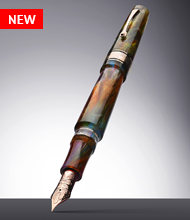
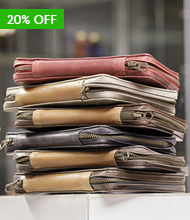
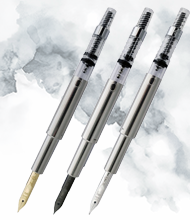
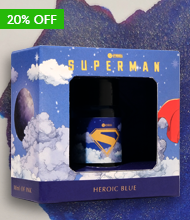

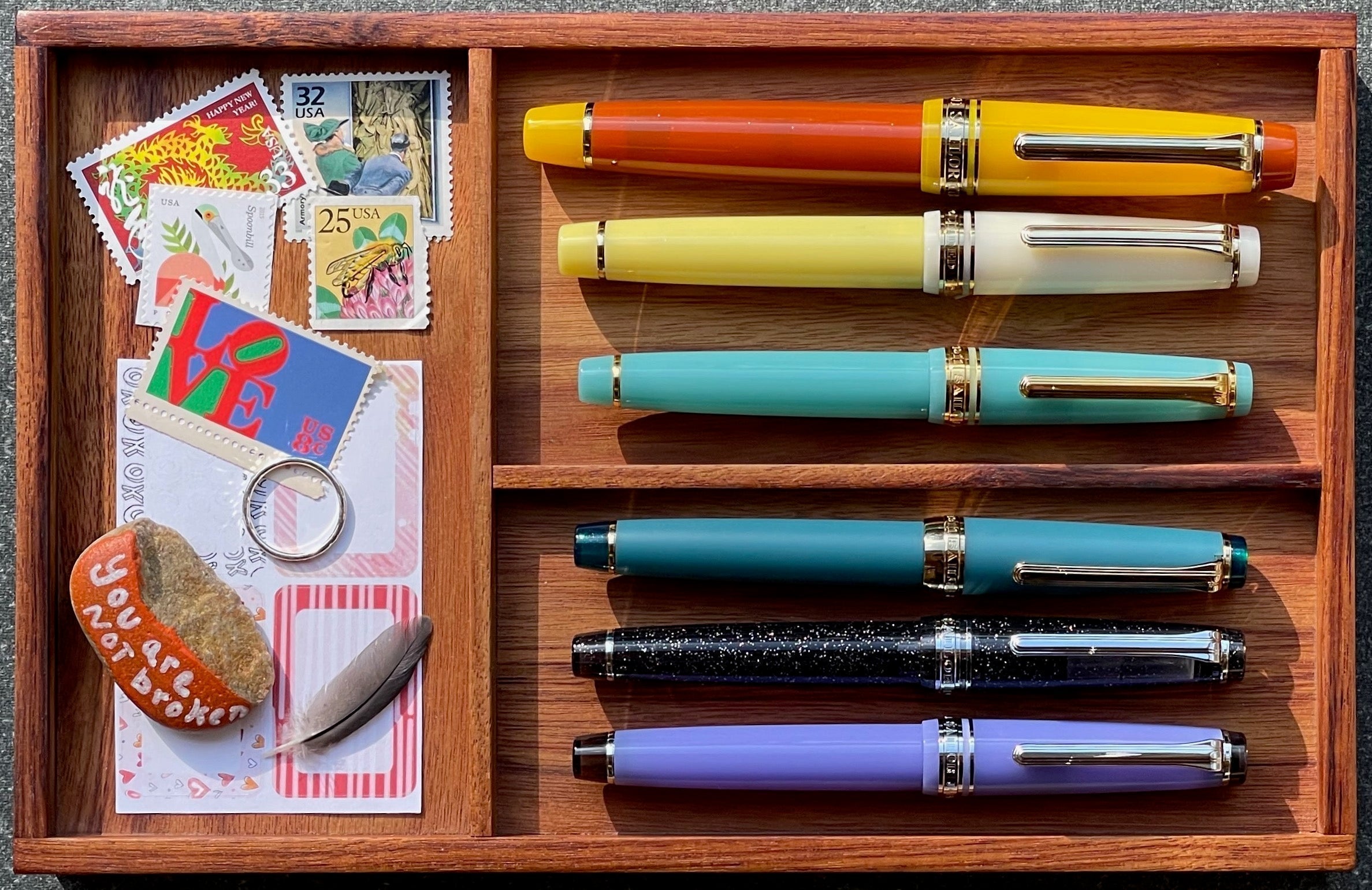
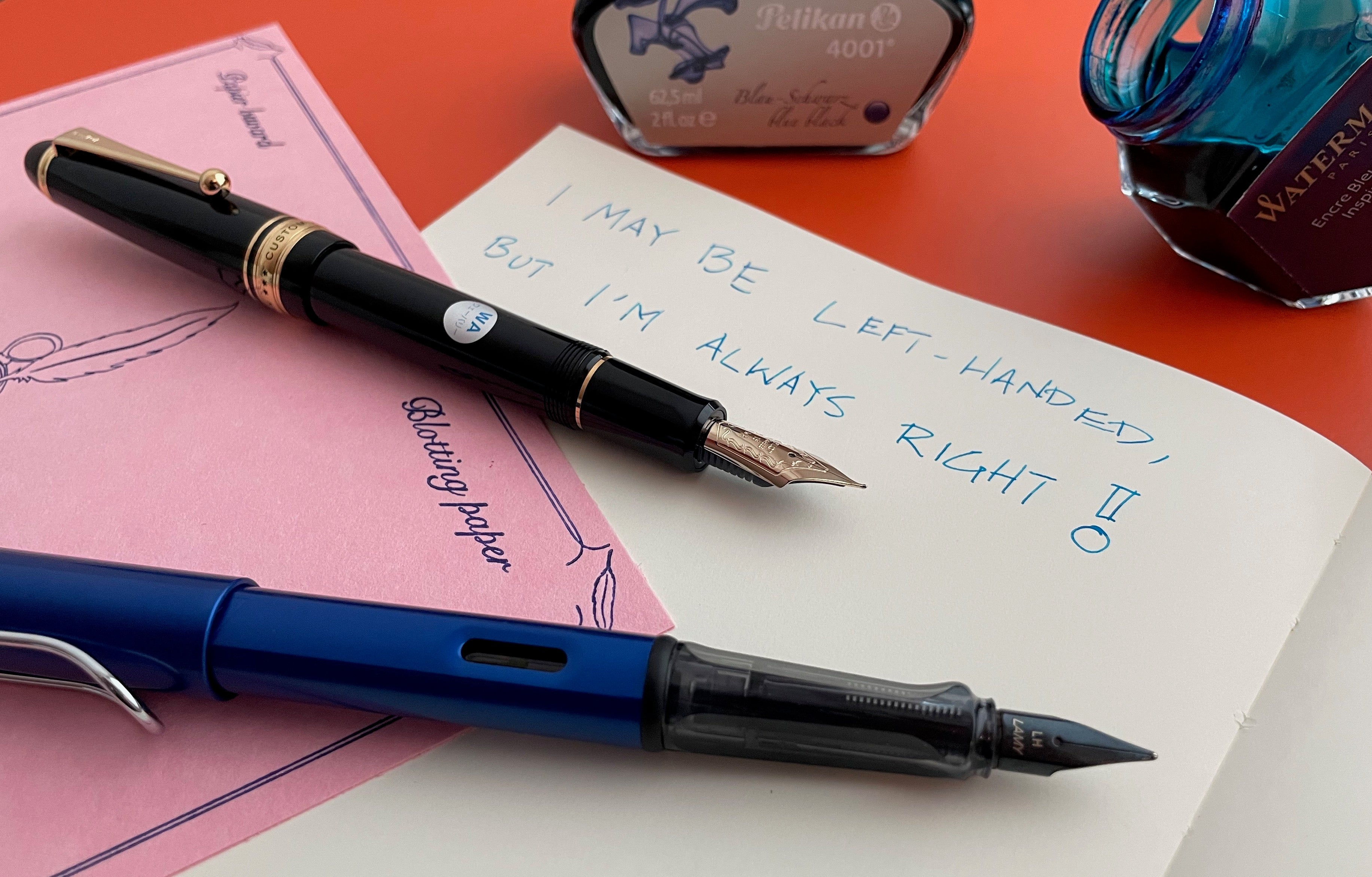

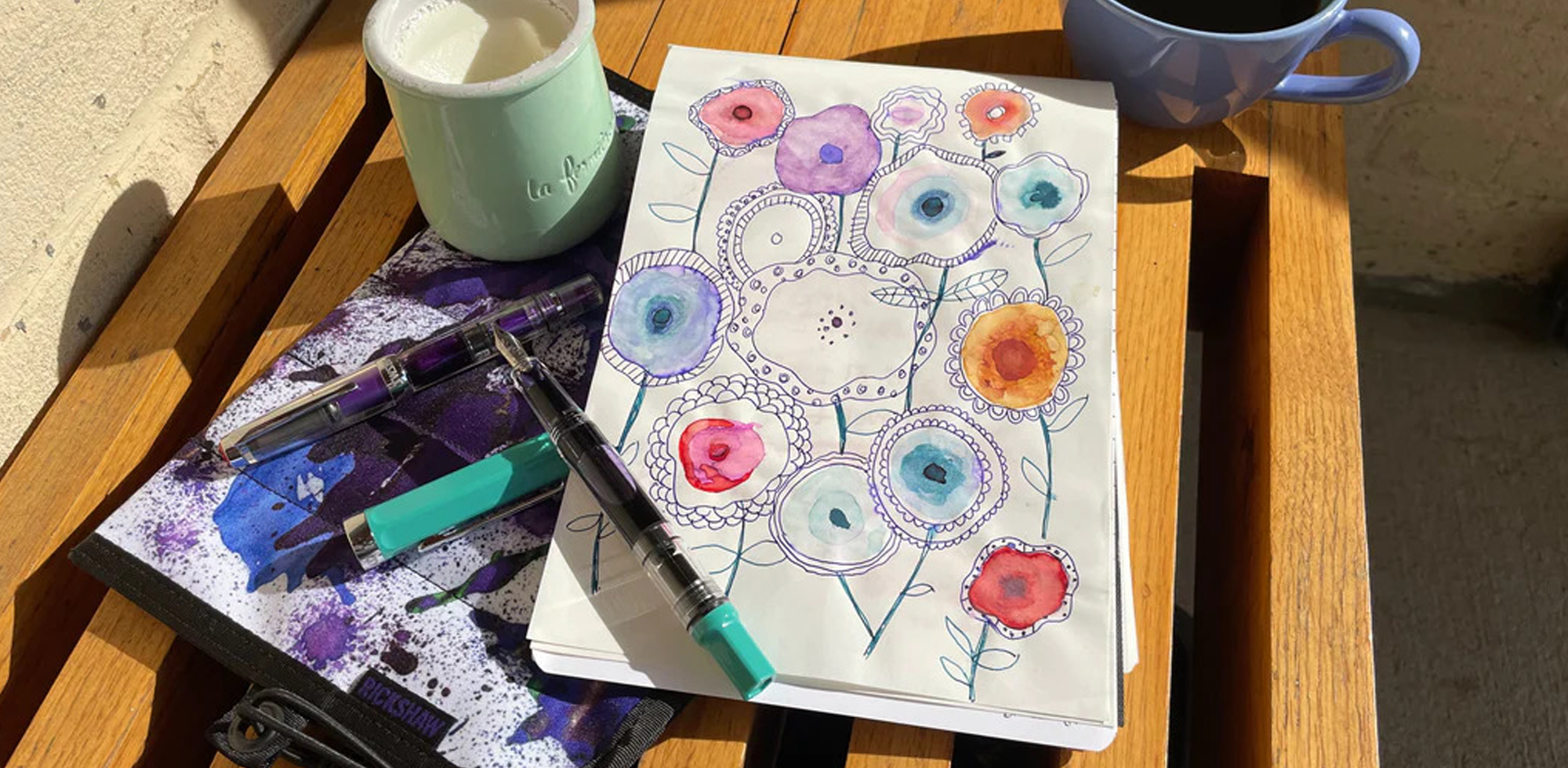
6 commentaires
Eric Arnold
Well this one certainly sent me down a rabbit hole! Often times I’ve felt that this material was a bit more flashy than suits my style, bit done well, there can also me a subtlety to it that brings out the greater beauty of the open writ large. You’ve managed to show the full range of how this material can be used, and i am grateful for that. Also wonderful, as always, to gain so much knowledge from your deep dive.
Of the pens you featured, I think the Namiki Yukari Royale Golden Rose epitomizes the sublime subtlety that can be achieved. That is one gorgeous pen, those leaves are just amazing!
In researching these online, I came across a series by Pelikan that were stunning as well: M1000s, four of them, all special editions: Raden Starlight, Raden Sunrise, Raden Green Ray and Raden White Ray. All worth a look if you can find the photos of them.
All of your blog articles inspire me to do further research on my own, and so they doubly enrich my life, both from the enjoyment of reading your write up and learning from it, and from the inspiration to chase down more about the topic. Laura you are just a treasure!
Well this one certainly sent me down a rabbit hole! Often times I’ve felt that this material was a bit more flashy than suits my style, bit done well, there can also me a subtlety to it that brings out the greater beauty of the open writ large. You’ve managed to show the full range of how this material can be used, and i am grateful for that. Also wonderful, as always, to gain so much knowledge from your deep dive.
Of the pens you featured, I think the Namiki Yukari Royale Golden Rose epitomizes the sublime subtlety that can be achieved. That is one gorgeous pen, those leaves are just amazing!
In researching these online, I came across a series by Pelikan that were stunning as well: M1000s, four of them, all special editions: Raden Starlight, Raden Sunrise, Raden Green Ray and Raden White Ray. All worth a look if you can find the photos of them.
All of your blog articles inspire me to do further research on my own, and so they doubly enrich my life, both from the enjoyment of reading your write up and learning from it, and from the inspiration to chase down more about the topic. Laura you are just a treasure!
Gerry Sandusky
Laura, your articles are always a highlight of my month when I can do a deep dive into them. I have had my eye on the Platinum Raden Galaxy. Now it’s really high on my wish list and I am intrigued by the Namiki Aya pens. As always you expand my knowledge, vocabulary and pen universe. And for that I am extremely grateful!
Laura, your articles are always a highlight of my month when I can do a deep dive into them. I have had my eye on the Platinum Raden Galaxy. Now it’s really high on my wish list and I am intrigued by the Namiki Aya pens. As always you expand my knowledge, vocabulary and pen universe. And for that I am extremely grateful!
Lenny
Laura, Wonderfully researched and well written. I loved all the background. It’s great knowing what Raden is actually composed of. Thanks for teaching me some new things in this article. Lenny
Laura, Wonderfully researched and well written. I loved all the background. It’s great knowing what Raden is actually composed of. Thanks for teaching me some new things in this article. Lenny
Bryan Gibb
Thank you for adding nacre and raden to my vocabulary Laura! One of the things that has amazed me about this hobby is how much there is to learn. Your posts are really fascinating. I am looking forward to coming back to the shop and looking at some of the examples you referenced in your piece.
Thank you for adding nacre and raden to my vocabulary Laura! One of the things that has amazed me about this hobby is how much there is to learn. Your posts are really fascinating. I am looking forward to coming back to the shop and looking at some of the examples you referenced in your piece.
Jonathan Ash
I enjoy reading all your articles. Unfortunately, after reading each one I am tempted to purchase all of the pens which my bank might not appreciate.
I have been collecting fountain pens since I inherited several from my dad when he was back in his college days. Those pens, although more functional than prizes have lead me into this wonderful hobby. I thank you and all the people at Pen Boutique for how they treat me and continue to feed my wonderful habit. Keep on writing and maybe someday we may meet as well.
I enjoy reading all your articles. Unfortunately, after reading each one I am tempted to purchase all of the pens which my bank might not appreciate.
I have been collecting fountain pens since I inherited several from my dad when he was back in his college days. Those pens, although more functional than prizes have lead me into this wonderful hobby. I thank you and all the people at Pen Boutique for how they treat me and continue to feed my wonderful habit. Keep on writing and maybe someday we may meet as well.
Michael Bracken
I truly love the VANISHING POINT FP. They are soooo smooth and writing is a joy!!!
I will keep looking for Deals ;-))
Michael from Plano, TX
I truly love the VANISHING POINT FP. They are soooo smooth and writing is a joy!!!
I will keep looking for Deals ;-))
Michael from Plano, TX